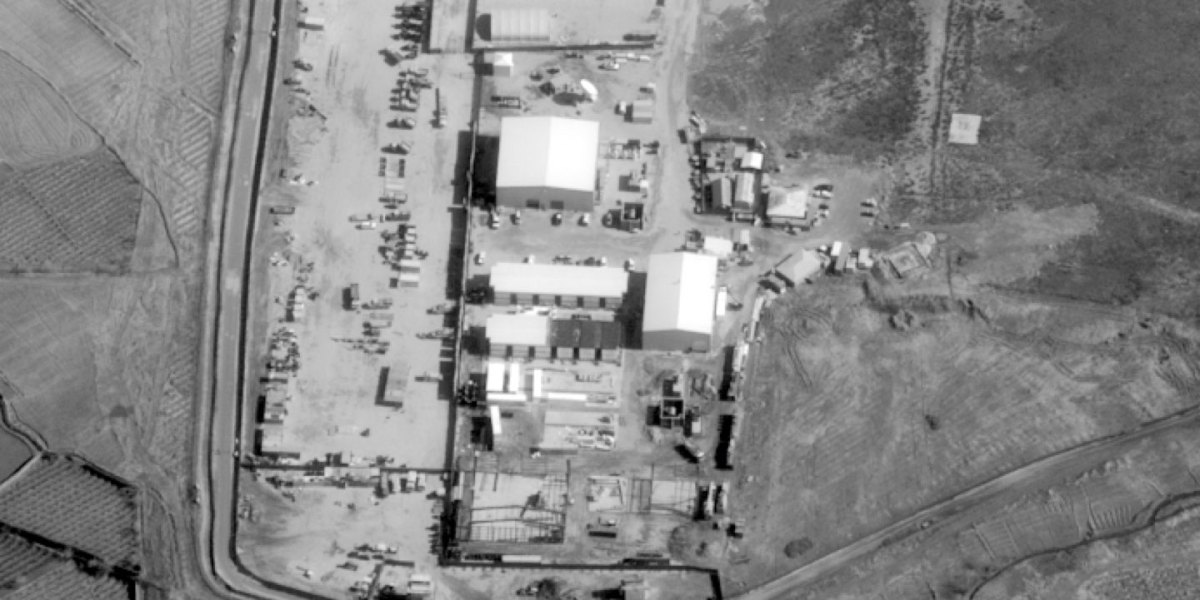“Over 80% of combat operations in Afghanistan are driven by SIGINT or have SIGINT contribution,” former NSA Afghanistan representative Brian Goodman
told SIDtoday in 2009. ”That is an indisputable fact. … Not a single combat operation goes on without SIGINT coverage.”
Two years later, in 2011, RT-RG “played a key role in 90 percent of all SIGINT developed operations,” according to the conference presentation.
This translated to 2,270 capture/kill operations, 6,534 “enemies killed in action,” and 1,117 detainees. In comparison, the U.S. recorded 415 casualties in Afghanistan in 2011, while the U.K. and other nations recorded a total 148, according to
iCasualties.org. (The presentation did not qualify the terms “enemy” or “killed in action,” or mention whether operations based on intelligence from RT-RG lead to the death or capture of the wrong people.)
[...]
The U.S. side of this system for killing people, often on the basis of phone monitoring, has been documented. One Intercept
report described how U.S. drone strikes would hit the wrong people because targets had begun swapping identifying SIM cards out of their phones, aware of their adversary’s ability to track handsets.
Another report, part of the Drone Papers, detailed how, during a five-month campaign in northeastern Afghanistan, “nearly nine out of 10 people who died in airstrikes were not the Americans’ direct targets.” The Drone Papers also revealed how “military-aged males” killed in drone strikes would be labeled as enemies killed in action unless there was information indicating otherwise.
[...]
In 2010, U.S. Special Forces killed a number of people in a convoy that belonged to a candidate in the Afghan parliamentary election. It later turned out that the U.S. military had targeted the SIM card of a person believed to be a senior Taliban leader,
when in fact the card belonged to a completely innocent person who contributed to the election campaign of a relative.






